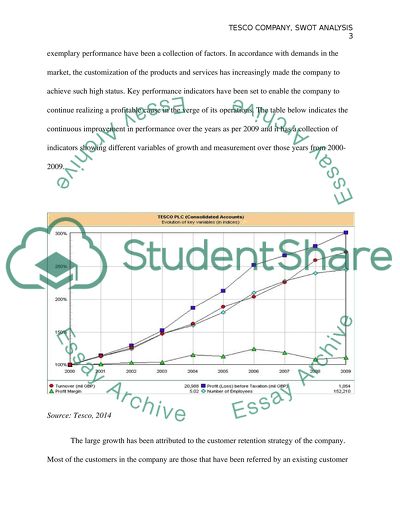Cite this document
(“SWOT analysis Assignment Example | Topics and Well Written Essays - 2000 words”, n.d.)
Retrieved from https://studentshare.org/marketing/1631599-swot-analysis
Retrieved from https://studentshare.org/marketing/1631599-swot-analysis
(SWOT Analysis Assignment Example | Topics and Well Written Essays - 2000 Words)
https://studentshare.org/marketing/1631599-swot-analysis.
https://studentshare.org/marketing/1631599-swot-analysis.
“SWOT Analysis Assignment Example | Topics and Well Written Essays - 2000 Words”, n.d. https://studentshare.org/marketing/1631599-swot-analysis.


